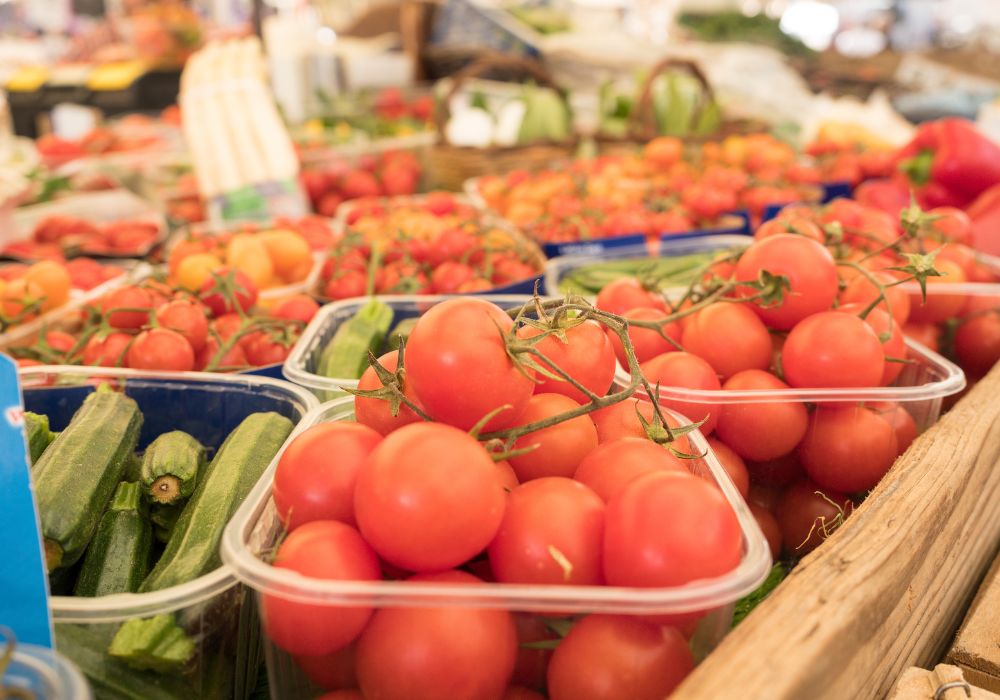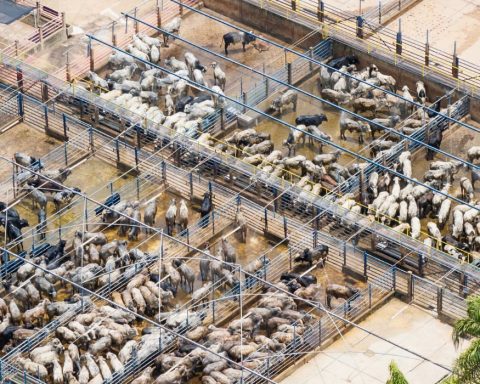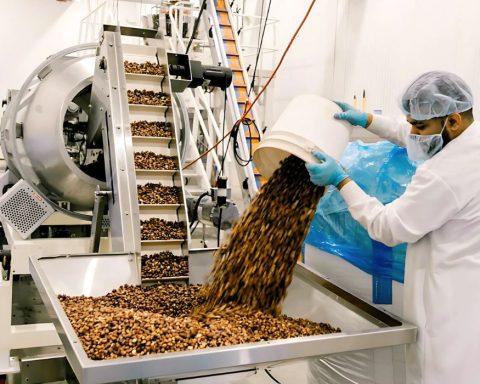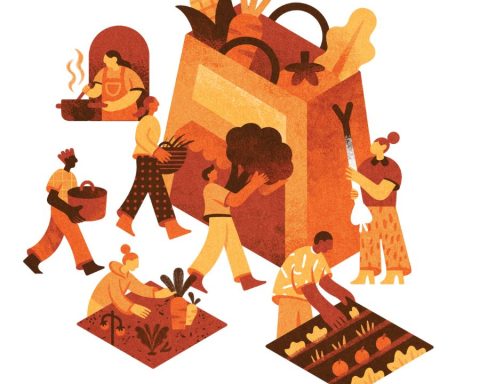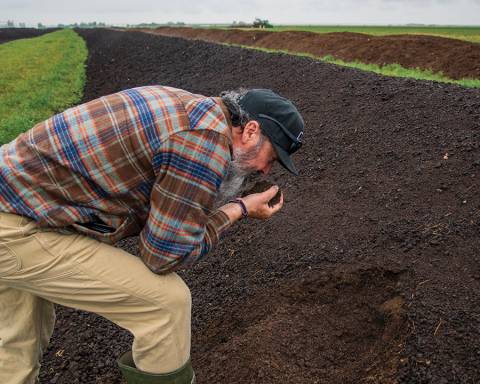Whatever happens in the coming weeks and months, the ever-evolving trade war with the United States has already revealed Canada’s dangerously vulnerable position.
We import a staggering amount of food from the United States, and our grocery supply chains are controlled by just a handful of powerful corporations deeply tied to U.S. suppliers. As Trump plays Whac-A-Mole on our bilateral trade agreements, Canadians will feel the shock waves immediately.
This isn’t just about economic policy; it’s about sovereignty. A country that cannot feed itself is not secure.
Canada’s food system is more fragile than we think
Most Canadians assume that because we have vast farmland, we must be food-secure. But nearly 80% of our grocery industry is controlled by just five major corporations – companies that are vertically integrated with deep ties to U.S. supply chains. This level of corporate control stifles competition and innovation, keeps local producers locked out, and forces Canadians to rely on a supply chain we don’t control. That’s a dangerous game.
Not to mention that modern grocery stores operate on a just-in-time inventory model. That means any shock wave in the supply chain can be felt within days at your local big-box grocery stores. Especially with fresh products, the depletion rate is just two days on average.
We saw this during the pandemic when grocery store shelves emptied out as a result of supply chain disruptions. We saw it again when global inflation and war drove up food costs. Now, with Trump’s tariff brinkmanship, we’re once again staring down a crisis that will make food even more expensive and scarce.
The cost of dependence and the impact of local
Canada imports approximately $70 billion worth of food each year. A significant portion of that comes from the United States, including staples like fruits, vegetables, dairy, meat and dry processed goods. With bilateral tariffs in place, Canadian consumers will be forced to pay even more for everyday groceries.
But this isn’t just about price hikes; it’s about the impact of supporting local. Buying your weekly staples locally has many benefits – economic, social, environmental and cultural. A few quick facts:
The local ripple effect. When you spend money at a local independently owned business, those dollars recirculate through your local community two to four times more than if that same amount of money was spent at a big-box store or online giant.
Food security and resilience. It’s been proven over and over again that supporting a handful of small businesses rather than one large big-box store builds resilience in our local communities. Small farms and businesses are more adaptable – they can pivot quicker when facing macro or micro shifts in the economy.
Reducing our carbon footprint. Buying at a farmers’ market, a farmer CSA (community-supported agriculture) share or from local producers reduces the distance your food travels by 40% to 50%.
The human connection. Supporting local businesses not only keeps money circulating in your community and creates jobs; it also forces you to meet and learn about the people making your food, creating long-lasting personal connections.
The solution? Invest in local food security – now
The good news is we don’t have to accept this broken system. Canada has the land, the farmers and the resources to build thriving local food economies. What’s missing is the political will.
Here’s what needs to happen immediately:
- Government and institutional investment in small and mid-scale farms and producers. Canada’s food policies must shift toward regional food networks, support for year-round growing and to help small farmers and processors access funding, infrastructure and fair markets.
- Support for farmers’ markets and food hubs. Much of what we produce gets exported for processing, only to be reimported at a premium. Strengthening local farmers’ markets and food hubs would keep more of our food economy in Canada, creating jobs and lowering costs for consumers while making it easier for Canadians to access fresh, locally grown food.
- Consumer action. Canadians are truly blessed with a plethora of local small-scale farms, bakeries, breweries, wineries, and local dairy and other food producers. Supporting local isn’t that difficult. It’s just about making small, intentional choices daily that have a direct, positive impact on our food system.
- Investing in local food through community bonds. Another powerful tool for change is investing directly in local food entrepreneurs. Community bonds – investment opportunities that allow individuals to fund mission-driven projects – have helped food hubs, regenerative farms and independent grocers access the capital they need to grow. These investments not only generate returns but also ensure that our food system remains local, sustainable and resilient.
A matter of national resilience
There was a time when Canadians understood that food security was national security. That time needs to return.
Trump’s tariffs might just be the wake-up call we need – a reminder that we cannot afford to take our food system for granted. The sooner we invest in local food production, the stronger and more resilient our nation will be.
An earlier version of this editorial was published in The Hamilton Spectator. It has been edited to conform with Corporate Knights style.
Justin Abbiss currently serves as executive director of the Fair Finance Fund, a socially focused fund helping to advance local, sustainable and community-focused food systems across Canada by connecting impact-driven investors with socially and environmentally focused food enterprises.


